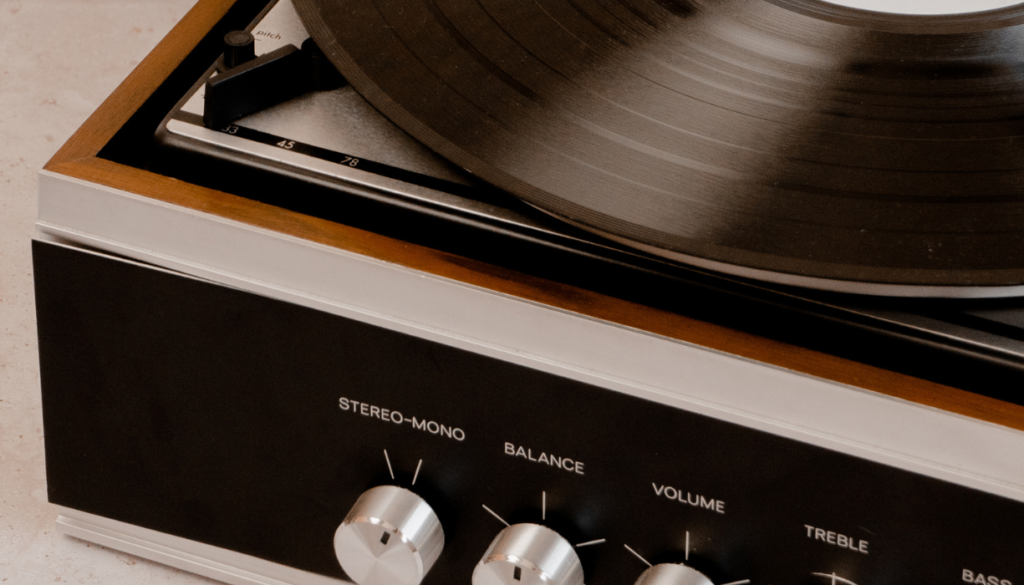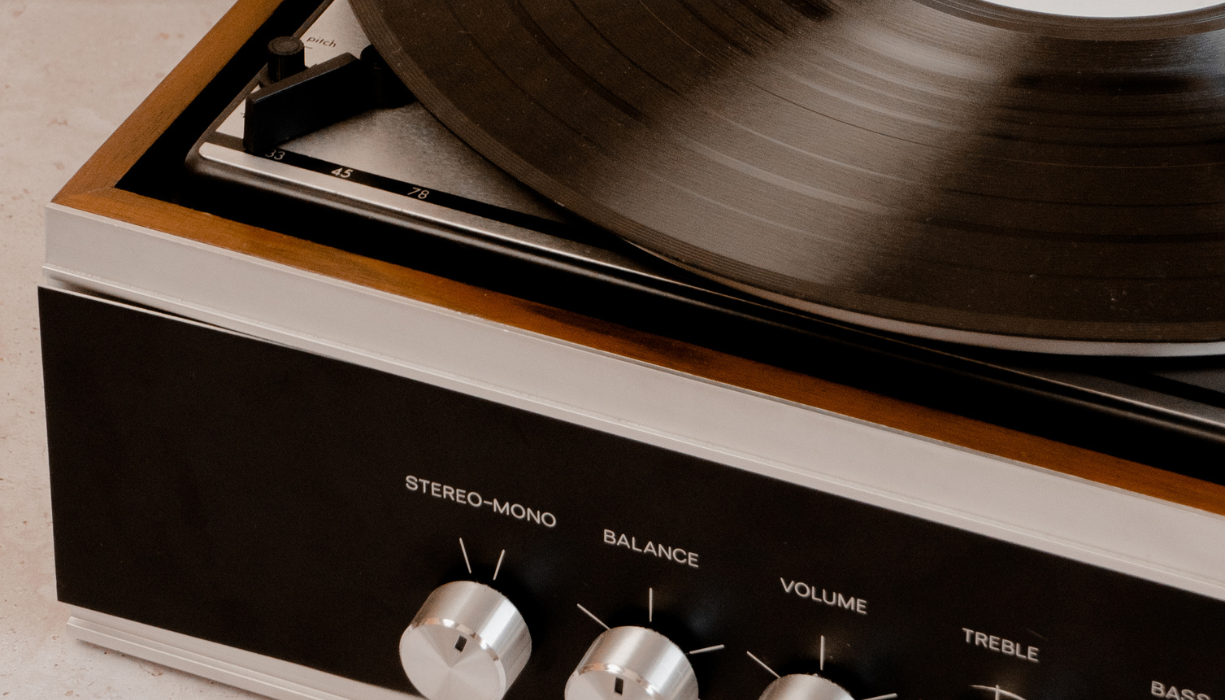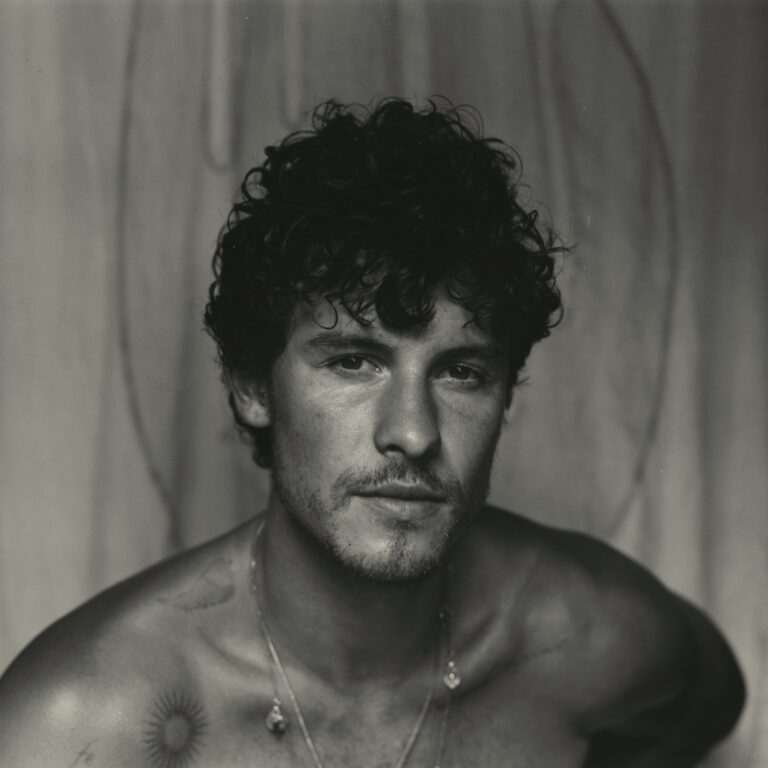The Evolution of Music Consumption

Over the years, music consumption has transitioned from physical formats to digital platforms, offering greater convenience, accessibility, and variety for listeners. Before 1888, the only way to hear music was to catch it being played live. A recording of Arthur Sullivan’s song ‘The Lost Chord’ is the earliest known music recording to exist. It was etched onto a phonograph on a cardboard cylinder that was wrapped in tin foil, an invention that was perfected by Thomas Edison in 1878. Alexander Graham Bell hopped onto the bandwagon and added wax to the design to record waves of sound. This was called the graphophone.
Thus, in 1887, Emile Berliner invented the gramophone. The device was essentially the same as a phonograph except it used grooves on the flat side of a disc to play the sound, as opposed to a cylinder with grooves that the phonograph was using. This is the earliest iteration of the vinyl record that we’ve all come to know.
The phonograph became the gramophone, then the record player, and is now often referred to as a turntable.
Jukeboxes
In the 1930s, Jukeboxes gained popularity. The early versions were essentially coin-operated phonographs. The culture surrounding a jukebox is what helped it become an iconic piece of music culture. Social establishments were made around the concept of having a jukebox. Patrons enjoyed that they could physically see the player flip through the records as they picked the song. They once received the newest recordings first and became an important way for producers to test music.
Home Radios
The first song that was transmitted via radio was ‘O Holy Night’ played live by Reginald Fessenden. People started putting radios in their homes in the late 1920s and early 1930s. Most of these radios were used to listen to broadcasts of shows. You had to listen to your favourite shows instead of watching them. The Golden Age of Radio dwindled in the 1950s when TV sets were common and became the best choice to consume scripted content.
Radio Stations
FM radio started broadcasting in 1936 in the US. The call signs either started with a “W” or “K” depending on whether the stations were East or West of the Mississippi River. Local stations began to have the freedom to play what they liked on their specific station.
Vinyl Records
By 1927, flat discs were so popular that cylinder recordings became obsolete. Lacquer-coated discs were introduced in 1934, with all major American labels introducing vinyl records in 1948. While cassette tapes came on the scene in the early 60s, vinyl became the worldwide industry standard around the same time.
Thriller by Michael Jackson is the best-selling vinyl record of all time. Selling 27 million vinyl records and 66 million units sold in all formats.
Record players became a necessary appliance in homes and were even installed in cars. The first record player was up for sale in 1895. They became less popular due to the rise of radio. But that changed in the 60s and 70s. The company Dual released a version of a record player that provided stereo playback.
DJs made turntables popular in the 80s and 90s but connected audio mixers and used their hands to move the records to create new sounds and mixes.
The Boombox
Made popular in the 70s and 80s for being a portable speaker that plays the radio and cassettes. These were most popular in urban areas. The modern Boombox is now a trendy trinket for your house that you can connect to your phone via Bluetooth.
CDs
Billy Joel’s 52nd Street was the first ever CD to go on sale. The CD was better than cassettes and vinyl records because the sound was cleaner, could hold longer playing time, and you could skip to any track you wanted.
They also made music more portable with the rise of the Walkman. In 1979, Sony created the Walkman and it was basically the size of a cassette tape. In addition, headphones were now made for movement. In the past, headphones were manufactured for just sitting and listening to music. The cassette deck was also a portable machine specifically for cassettes. They were often built into cars. Then, with the rise of CDs, a new Walkman was created to accommodate discs. This eventually evolved into the MP3 player and then the iPod.
MP3s and Music Streaming
In 1999, Napster revolutionized music consumption in multiple ways. Not only was it the first service that offered streaming, but it is also the first platform where you could download a single song, an MP3, instead of an entire album. MP3s are a digital music file that can be compressed to easily transfer and store. Also, the programme was free. Users now had access to a multitude of versions of their favourite songs all at their fingertips. Due to copyright and ethical issues, the website was shut down in 2001 with 21.4 million active users. Napster’s assets have been bought a few times over the years in attempts for companies to rebrand their services. You can now join the music streaming service for $10.99 a month.
After Napster’s demise, Apple launched iTunes in 2003. Instead of being free, users had to pay $0.99 per song. Songs that were purchased and downloaded from the iTunes Store could be listened to across Apple devices and used in any Mac application. You could also burn the downloaded songs onto CDs. The most downloaded song on iTunes was I Gotta Feeling by the Black Eyed Peas.
Pandora came on the scene in 2005. The service was different from iTunes in that it would create playlists and recommend songs based on a user’s listening history. That way, the listener can discover new acts. Spotify took over in 2007 and is one of the largest streaming providers with 527 million monthly active users. As of January 2023, Blinding Lights is the most streamed song on Spotify with nearly 3.595 billion streams
Looking across the different services, Adeles’s Rolling In The Deep is the most digitally downloaded song in a calendar year.
SiriusXM, iHeartRadio, Audacity, and TuneIn
Radio streaming platforms began to first develop in the early 00s. The term often used is ‘Internet radio’. Radio can be listened to on computers, tablets, and through apps. It differs from streaming because you don’t choose the songs, the station and hosts do. It offers music that cannot be stopped or replayed. There are channels for music, sports, news, and more, much like traditional broadcast stations. Traditional stations are usually more localized, with certain stations playing different types of music depending on the area you’re in. Radio streaming platforms are playing the same songs and content no matter where you are.
AI Music Listening
A fairly new development in the music industry is the use of AI. There are websites that use artificial intelligence to listen, sort, and deliver the listener’s songs in minutes. AI is also used to generate lyrics and voices. Artificial Intelligence can compose and create a soundtrack of personalized music for you.
Music Festivals
Festivals give listeners and fans a chance to see multiple of their favourite bands live. From folk to house music, there’s a festival for every music fan. The very first music festival can be dated back to the sixth century BC. The Pythian Games at Delphi had musical performances and is known to be one of the earliest festivals.
Wrap Up
Waiting for Taylor Swift to release Midnights on Spotify cannot compare to waiting in line around the block of your local record store for Michael Jackson’s Thriller on vinyl.
We’ve come a long way since ‘The Lost Chord’. Now, we can stream any song, at any time, from anywhere. Our favourite artists are at our fingertips. There is still satisfaction from finding one of your parent’s old vinyl records in the garage. Or popping an ABBA CD into your childhood boombox. I myself was stoked when I played my Fly By Night, Rush, cassette tape for the first time. But, there is nothing like the ease of knowing I have the ability to hear my favourite songs whenever I please.
What’s amazing about music is that wherever and however you hear it, you feel something different. Listening to my live Fleetwood Mac record on my turntable puts me in a more calming mood than listening to it off Spotify. There’s something about the medium in which it’s being played that puts me at ease. Same with when I pop my Lewis Capaldi CD into my boombox. It feels different than hooking it up to Bluetooth in my car.
One thing is for sure, the way we consume music has evolved as society and technology advance. It makes you wonder, what’s next? Only time will tell.







